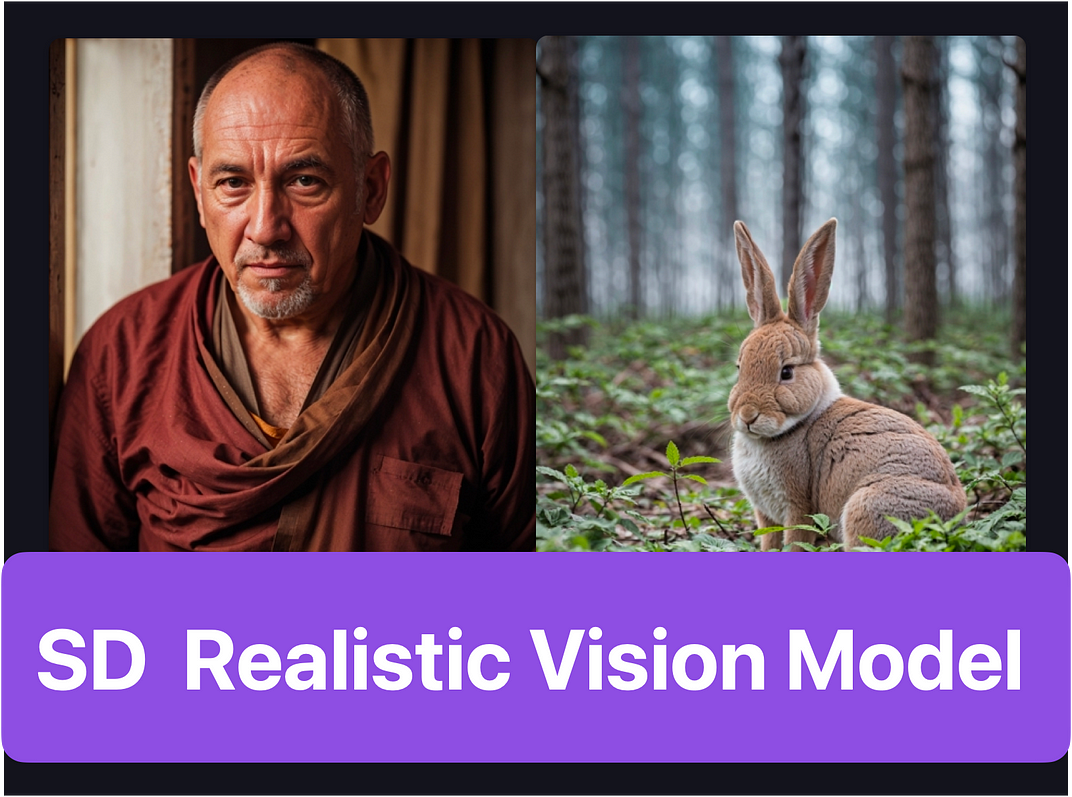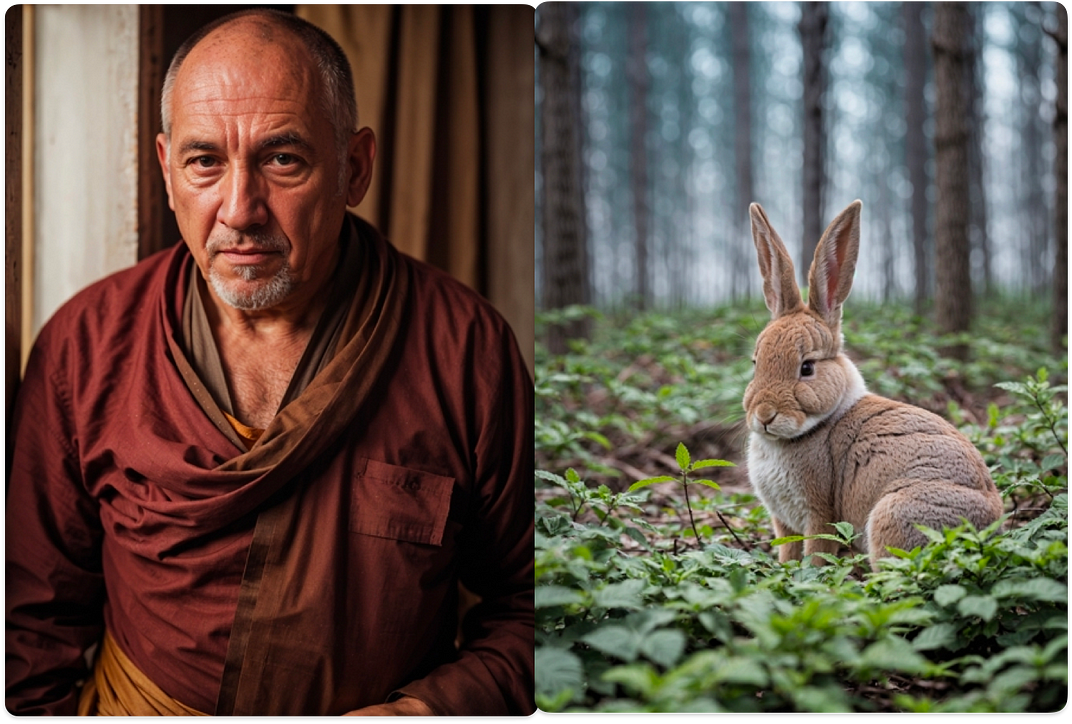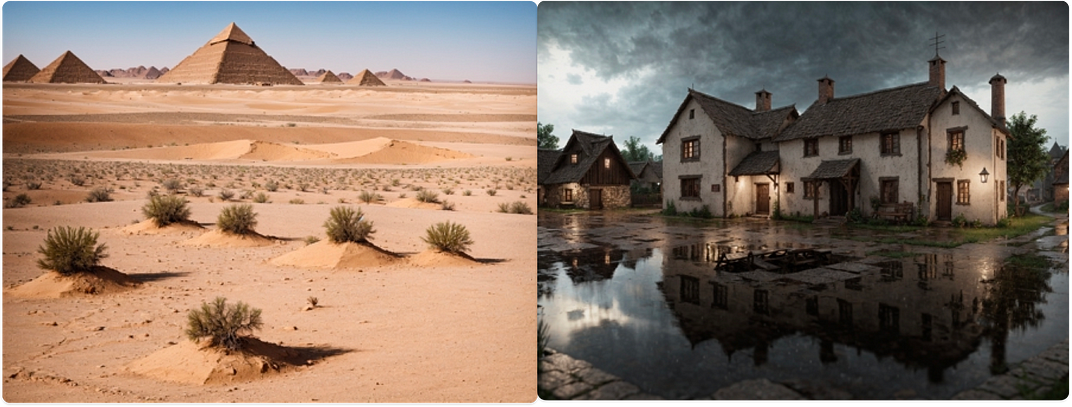Realistic Vision Model for Stable Diffusion

Discover the benefits of the stable diffusion realistic vision model for accurate and reliable diffusion predictions.
When it comes to image processing and computer vision, stable diffusion has been a popular tool for a while now. But what if you could make it even more powerful? That’s where realistic vision models come in. By combining the principles of stable diffusion with advanced imaging techniques, these models can provide superior results in a wide range of applications. In this blog post, we will delve deeper into realistic vision models and how they work with stable diffusion. We’ll also explore their evolution over time, practical applications across different industries, technical aspects like key features and algorithms, tips for effective use, and comparisons with other stable diffusion models. So whether you’re an AI researcher or just curious about the latest advancements in computer vision, read on to discover more about this exciting field!
Understanding Realistic Vision Model for Stable Diffusion
Realistic vision models strive to produce high-fidelity, intricate images using AI. Studio lighting and precise focus enhance image realism, while high resolution and detailed skin contribute to photorealism. Volumetric fog is often incorporated for a lifelike effect.
What is Stable Diffusion?
Stable Diffusion is a deep learning, text-to-image model released in 2022 based on diffusion techniques. It is primarily used to generate detailed images conditioned on text descriptions, though it can also be applied to other tasks such as inpainting, outpainting, and generating image-to-image translations guided by a text prompt.
The Role of Realistic Vision in Stable Diffusion
Realistic vision is essential for achieving stable diffusion, involving detailed skin and realistic eyes and full body generation. The process incorporates hugging face techniques for photorealistic results and utilizes diffusion templates for detailed images.
The Evolution of Realistic Vision Models
Realistic vision models have developed from basic models to advanced detailed skin techniques, integrating artificial intelligence for realistic image generation. Progression includes adopting photorealistic models, generating realistic images with volumetric fog, and creating detailed eyes and full-body generation.
Tracing Back to Realistic Vision V6.0
Realistic Vision V6.0 introduced advanced diffusion techniques for high-quality images, marking a leap in realistic image generation results. It brought about stable diffusion with realistic eyes, detailed skin, and enhanced images with soft lighting and sharp focus.
The Leap to Stable Diffusion
The integration of detailed skin diffusion techniques marked the leap to stable diffusion. It introduced realistic eyes and full body generation, with a focus on achieving photorealistic results. The incorporation of hugging face diffusion aimed to produce realistic images with soft lighting and sharp focus.
The Impact of Version Updates on Performance
The performance impact of version updates is evident in the diffusion of realistic vision and stable images. Significant improvements in high detailed skin, volumetric fog, and photorealistic results were achieved through these updates, resulting in soft lighting and sharp focus.

Practical Applications of Realistic Vision Models
Realistic vision models are widely utilized in diverse industries, such as entertainment, gaming, automotive design, architectural visualization, fashion, e-commerce, and film production. Medical imaging and anatomical visualization also benefit from this technology, showcasing its versatility and practicality.
Usage in Different Industries
Realistic vision models find applications in various industries such as automotive design, architectural visualization, fashion, e-commerce, medical imaging, and film production. They are instrumental in producing high-resolution images, photorealistic results, detailed anatomical visualization, and cinematic rendering.
Case Studies of Successful Applications
Case studies in entertainment and gaming demonstrate the success of realistic vision models. The automotive industry’s high-resolution rendering showcases their application, along with architectural photorealistic results. Fashion, e-commerce, and medical imaging detail their successful use cases.

The Technical Aspects of Realistic Vision Models
Realistic vision models employ advanced algorithms to achieve high detailed skin rendering. By incorporating stable diffusion, these models produce realistic images with sharp focus while effectively handling defects. Additionally, they utilize studio lighting techniques and artificial intelligence for high-quality image generation.
Key Features and Capabilities
Realistic vision models leverage advanced algorithms for high-resolution detailed rendering, stable diffusion, and volumetric fog. They excel in generating photorealistic images with film grain effects and detailed skin and full-body renders.
Understanding the Underlying Algorithms
Realistic vision models leverage advanced AI and controlnet for photorealism, employing stable diffusion and detailed eyes rendering. They also use AI to simulate studio lighting effects, integrating SDXL and UHD technology for realistic vision generation.
How Realistic Vision Models Handle Defects
Realistic vision models utilize stable diffusion to address image defects and artifacts, integrating comfyui and template features. Additionally, they leverage artificial intelligence for cinematic image generation results, ensuring sharp focus with the checkpoint feature.

Comparison of Different Stable Diffusion Models
Popular stable diffusion models prioritize raw photo generation with film grain effects, each with unique strengths and weaknesses. User experiences and reviews offer valuable insights into model performance leveraging film grain and depth of field for high-quality image results.
Popular Stable Diffusion Models
Popular stable diffusion models combine cinematic protogen and dreambooth for image generation, utilizing hugging face and lora for detailed skin and anatomy. They employ sd, ui, and webui for stability and implement photoshop, cgi, and hdr for realistic vision model generation results. The fujifilm feature in these models provides film grain effects.
Unique Strengths and Weaknesses
Each stable diffusion model possesses distinctive protogen and anime image generation capabilities, emphasizing detailed anatomy and eyes features. Integration of docs and API ensures realistic vision model creation. These models excel in producing photorealistic skin and implement cinematic, tutorial, and dof for high-quality skin and anatomy generation.
User Experiences and Reviews
User experiences and reviews offer valuable insights into the performance of the realistic vision model for stable diffusion. They emphasize the impact of protogen and photorealistic vision, shedding light on the generation results and highlighting crucial features such as cinematic, gui, and uhd.

Tips for Using Realistic Vision Models Effectively
Best practices ensure photorealistic vision generation, demanding understanding of comfyui and diffusion. Familiarity with realistic vision base model and comprehension of image generation results are significant for effective usage.
Best Practices for Installation and Use
To ensure effective usage, a stable diffusion approach for generating sharp focus images is required. Understanding realistic vision generation results is crucial for achieving high-quality, detailed skin images. Embracing a full-body, photorealistic vision approach is necessary for installation and use.
Troubleshooting Common Issues
Ensure correct settings for stable diffusion conditions. Validate numerical method accuracy. Check appropriateness of model parameters. Assess boundary condition impact. Seek insights from peers or field experts for effective solutions.
How Versatile are Realistic Vision Models in Handling Different Scenarios?
Realistic vision models exhibit remarkable versatility when it comes to handling diverse scenarios. With the ability to be trained on various datasets, they can recognize a wide range of objects and environments. These models can even handle complex situations, such as occlusions or changes in lighting conditions. As technology advances, realistic vision models continue to become more powerful and effective.
Conclusion
In conclusion, realistic vision models play a crucial role in stable diffusion. These models have evolved over time, with version updates bringing significant improvements in performance. They have practical applications across various industries and have been successfully used in numerous case studies. Technical aspects such as key features, underlying algorithms, and defect handling make these models highly versatile. Comparing different stable diffusion models helps users understand their unique strengths and weaknesses, as well as user experiences and reviews. To use realistic vision models effectively, it is essential to follow best practices for installation and use and troubleshoot common issues. Overall, realistic vision models offer a powerful solution for stable diffusion in diverse scenarios.
Originally published at novita.ai
novita.ai provides Stable Diffusion API and hundreds of fast and cheapest AI image generation APIs for 10,000 models.🎯 Fastest generation in just 2s, Pay-As-You-Go, a minimum of $0.0015 for each standard image, you can add your own models and avoid GPU maintenance. Free to share open-source extensions.
Recommended reading